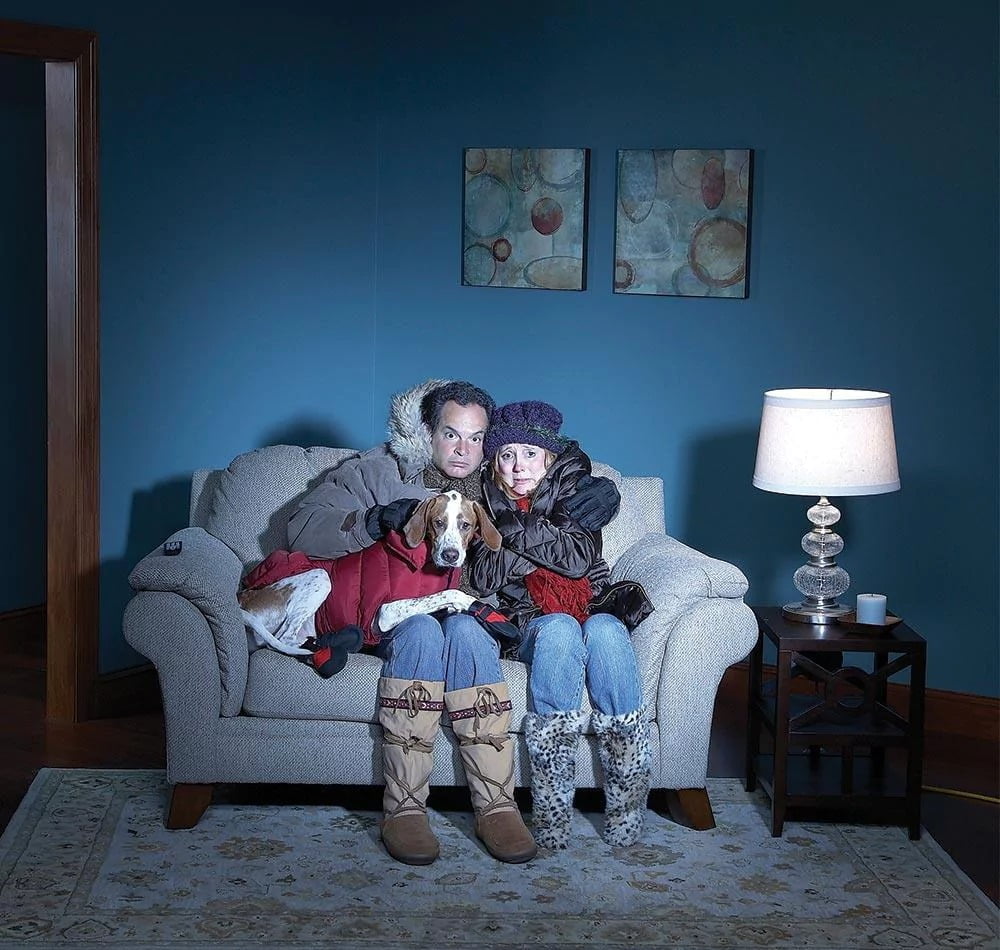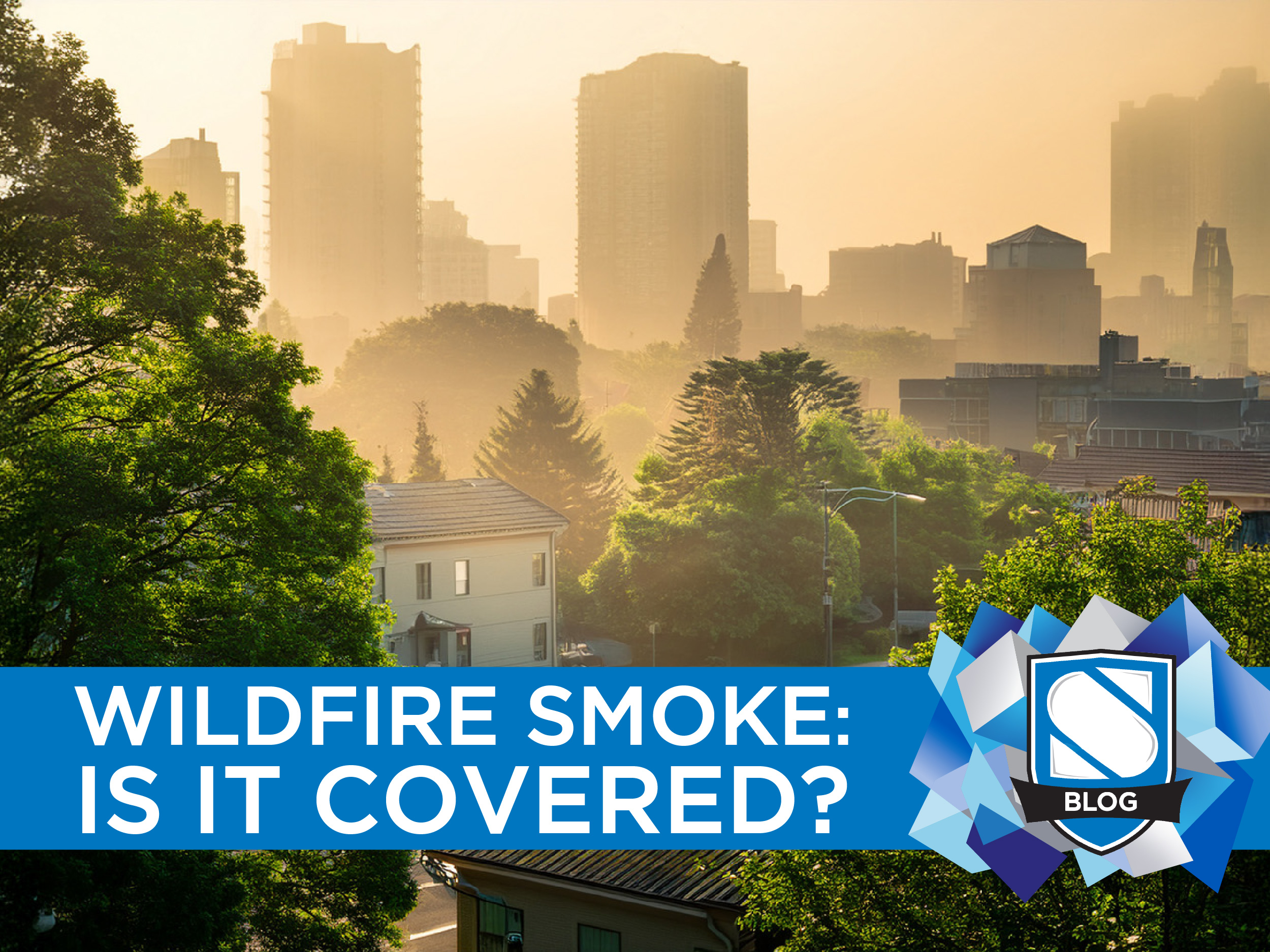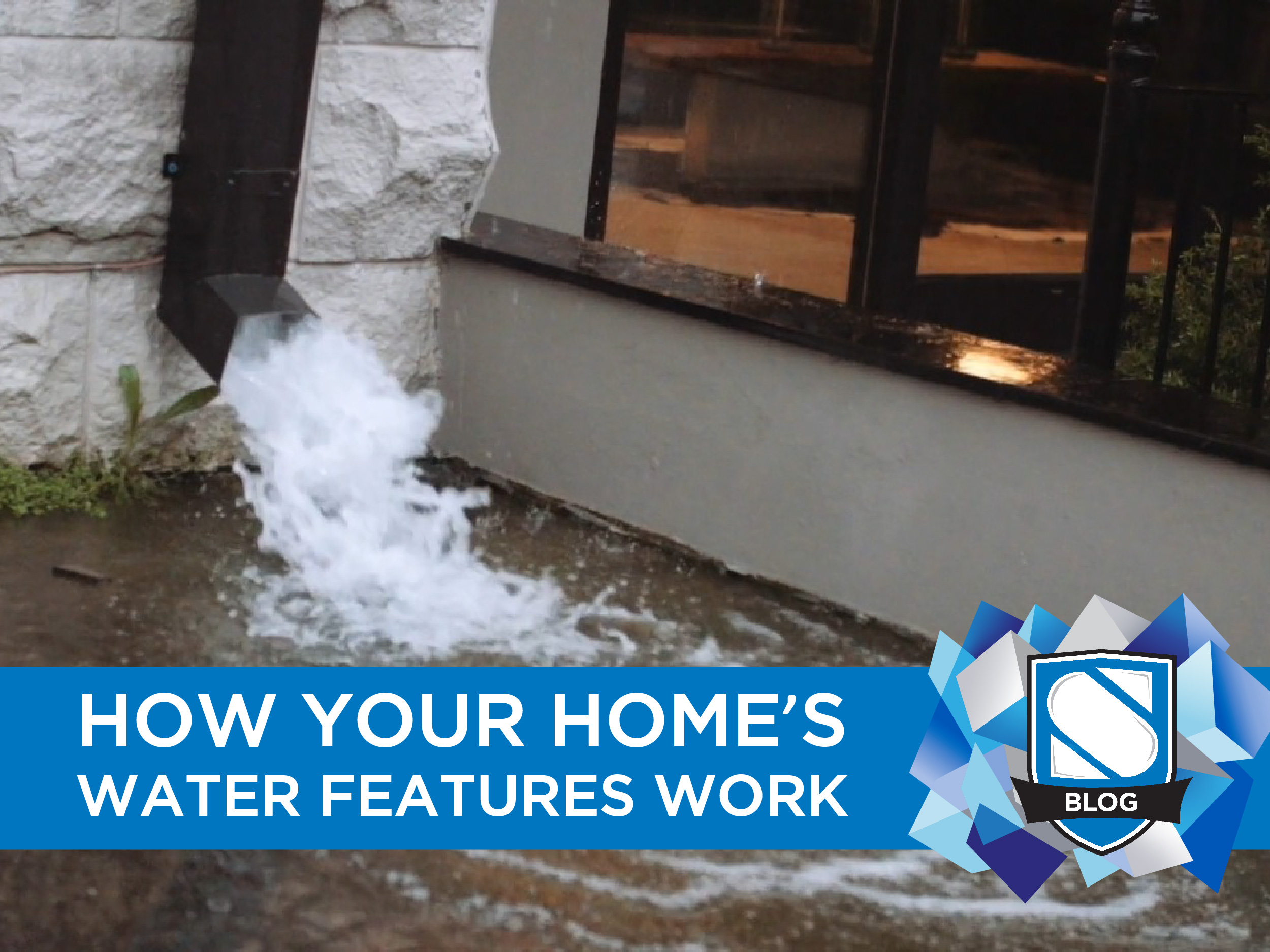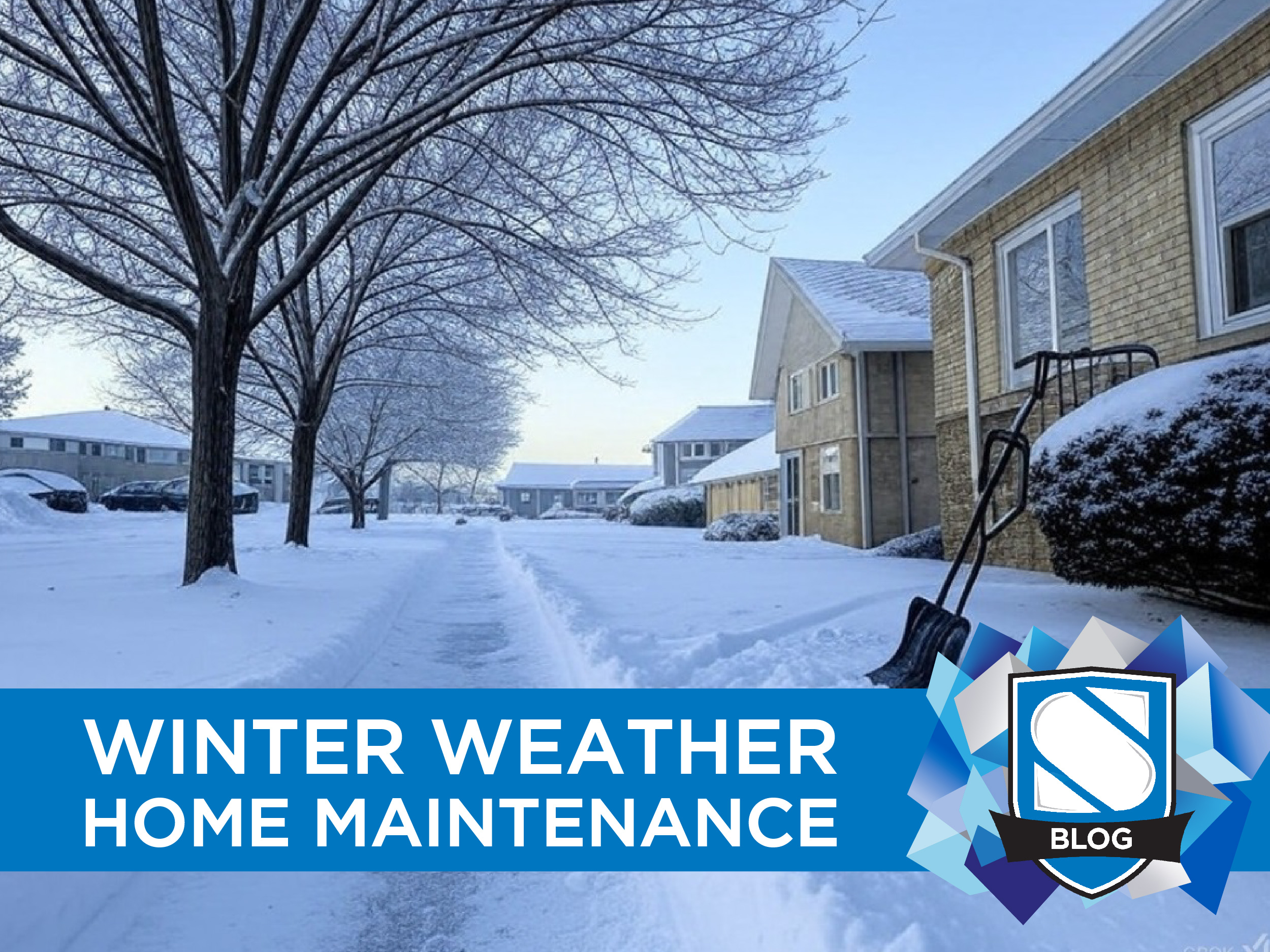It’s been a cold and blustery winter, and we may have to wait even longer for warmer weather to arrive. It’s been a season of high winds, record snowfall, and plunging temperatures, it was only a matter of time before something went wrong, and sure enough the power goes out. “Okay, no big deal, I’m sure they’ll have this fixed by lunch” you thought at the time, but now it’s getting dark and the power is still off. The temperature of your living room is starting to get downright uncomfortable and Hydro says they “might” be able to spare a truck for your area tomorrow.
How are you and your family going to stay warm in the meantime?
Easy, by not panicking, avoiding any heating hazards, and following the tips below.
Trap the heat you have
First thing first, concentrate on not losing any of the heat you do have. Limit all travel between indoors and out and keep your doors shut as much as possible. Treat the door to your home like the hatch of a submarine and avoid any unnecessary open and closing. If possible, use a garage or sunroom door as a kind of “airlock” to avoid exposing your home to the absolute coldest weather outside.
This might be easier said than done if you have a dog that needs to do their business outside. In this case, try and delay trips as much as possible. If you have puppy pads on hand from back when they were a little pup, you might even consider breaking them out and having your dog do their business indoors. Keeping the heat inside is that important in a serious emergency.
Close every other door in the home as well. Trapping heat works best in smaller spaces and by shutting your doors you are creating pockets that will stay warmer longer. Next, stop any drafts. If you can feel cold air at the base of your doors, roll up some towels and block them. If you really need to keep the heat in (say you have elderly live-in relatives or infants) you may even consider hanging blankets or sheets over them to further insulate the house. If you use a forced air central heating system, close all the vents in the home to prevent heat from escaping.
Of course, trapping the heat you have also means your body heat. Make sure everyone is dressed in layers, preferably with a underlayer like long johns or a thermal shirt close to the skin and a warm layer over top of that. Mittens and slippers are huge assets for keeping your extremities warm. If someone in your family doesn’t have a pair, double up on socks (and even consider some “sock mittens” to keep their hands toasty).
Position the family
How cold is it in your home and how cold is it likely to get? If you’ve been without heat all day and you’re heading into an even colder night, you should plan for the worse. That means you might be changing up the typical sleeping arrangements.
If you have a furnished basement, it might make sense to blow up some air mattresses and have everyone sleep down there. While basements are typically thought of as “cool in the summer” we should remember the opposite is true as well and your basement is likely to retain heat better than any other room in the house. Dirt is a fantastic insulator and far less susceptible to changes in temperature than the air. The dirt surrounding your basement is going to stay a heck of a lot warmer than the air around everyone’s bedrooms on the second floor and is going to lose a lot less heat over time.
Wherever you decide to set up, try and get everyone together in the same room. Concentrating your individual body heat will help you stay collectively warm. Try and insulate the area as best as possible. If you have the room for it, you may even consider breaking out the camping gear. Setting up a tent in the basement will help trap heat for the sleepers and make it more entertaining for children. Anything you can do to make the disruption less “scary cold night where we didn’t get to sleep in our beds” and more “fun family night together” is a good thing!
Speaking of camping gear, sleeping bags are your friend in this kind of situation. While blankets and comforters are a good start, a quality sleeping bag is always going to capture and retain more heat. Even if you aren’t heading downstairs for the night or busting out the tent, have everyone that has a sleeping bag spend the night in it.
Also, for the best night sleep, wear a hat to bed. Yes, it will seem strange, but the human body loses a good amount of heat from the head and wearing a hat might make the difference between waking up shivering or smiling.
Eat plenty
Toss out your diet plans, it’s time to raid the cabinets for all the calories you can find. The human body converts food energy to warmth, so snack time just became a medical necessity.
Of course, the fact that the power is off might complicate your plans. If you have a gas powered range you won’t have anything to worry about, but for those of use with electric stoves, the situation is a little more complicated. Try and target high energy foods such as peanut butter, nuts, sandwich meat, and cheeses. And hey, if you want to dig into the potato chips, I don’t think anyone is going to blame you.
One vice you’ll want to avoid though is alcohol. A sip of liquor to stay warm is an old fashion classic — just think of all those cartoons with rescue St. Bernard’s running up and down mountains with a barrel of brandy on their collar. But like so many things from our Looney Tune educations, reality is a different story and it turns out alcohol is one of the worst ways to stay warm. While you may feel that fire in your belly after a sip of the good stuff, alcohol is a vasodilator which will push your blood closer to your skin and away from your core where you need it the most. You’ll feel comfortable while getting colder and colder – it’s a dangerous combination.
Preparation always beats reaction
These tips will get you through a sudden and unexpected storm with materials common to most families. You can make it a lot easier on yourself and your family though by preparing for a harsh winter with a few simple supplies.
If you can afford it, a small woodstove can make a tremendous difference. Properly maintained and regularly used, a woodstove can help keep a home nice and warm no matter how long the power is out and allow you to heat food and boil water (get a French press or a pour-over brewer and you won’t even have to go without your coffee). Failing that, a portable propane heater is much more affordable, can be stowed away when not in use, and used to safely heat a room (perfect for vulnerable members of your family).
Look for post-season sales on camping gear such as sleeping bags and try and pick up a few for your family on the cheap. If you want to be extra prepared, things such as baby wipes and pump hand sanitizers will help you stay sanitary and clean without getting your hands ice cold with water (or not washed at all if the pipes have frozen).
And while it might sound silly, a few packs of cards, boardgames, and books can help keep everyone calm and content during a stressful situation. Toughing out something like a winter storm in an unheated home is a physical challenge for sure, but also a mental one. Keeping everyone in bright spirits can be its own source of warmth when the winter chill sets in.














0 Comments